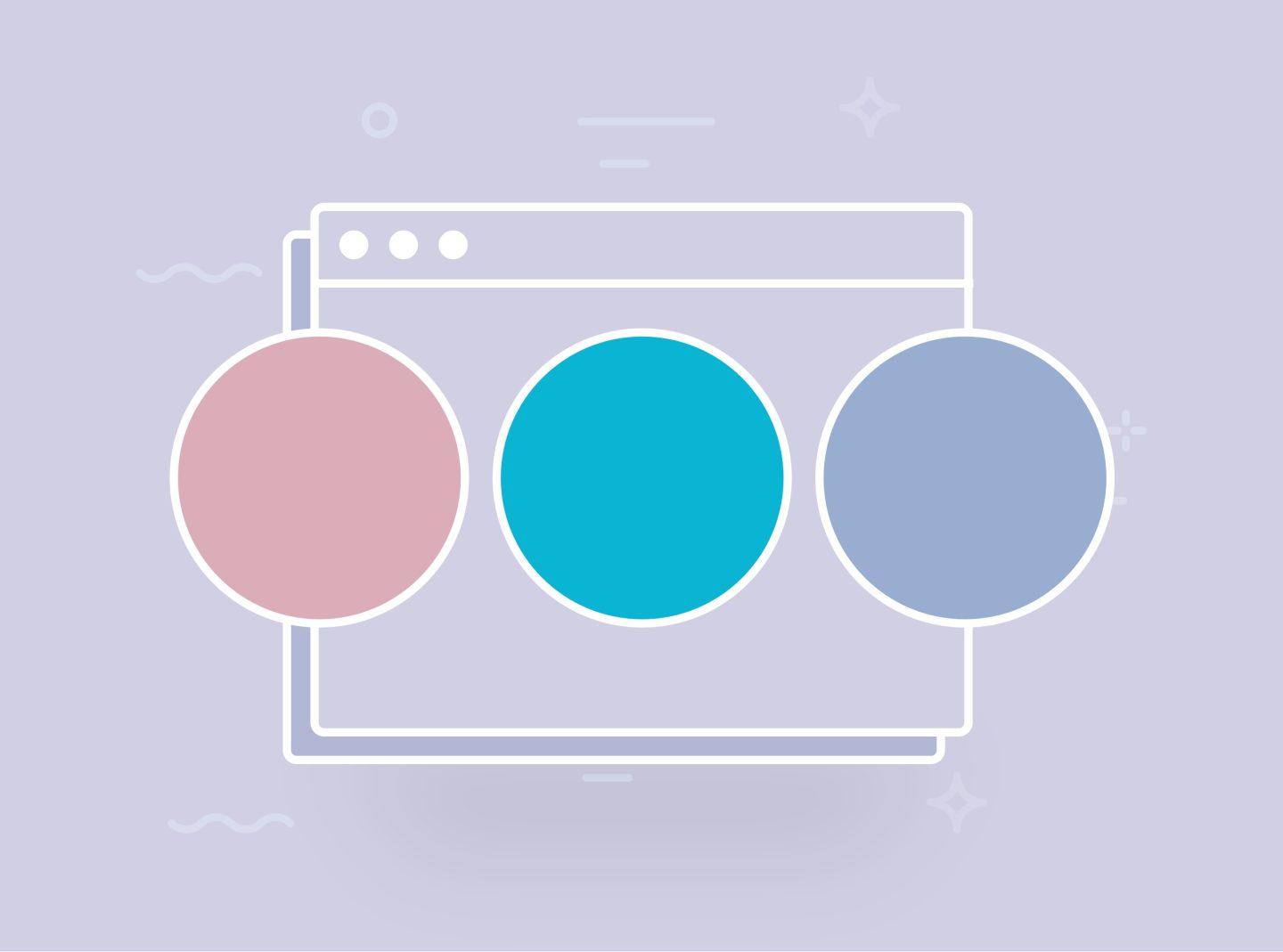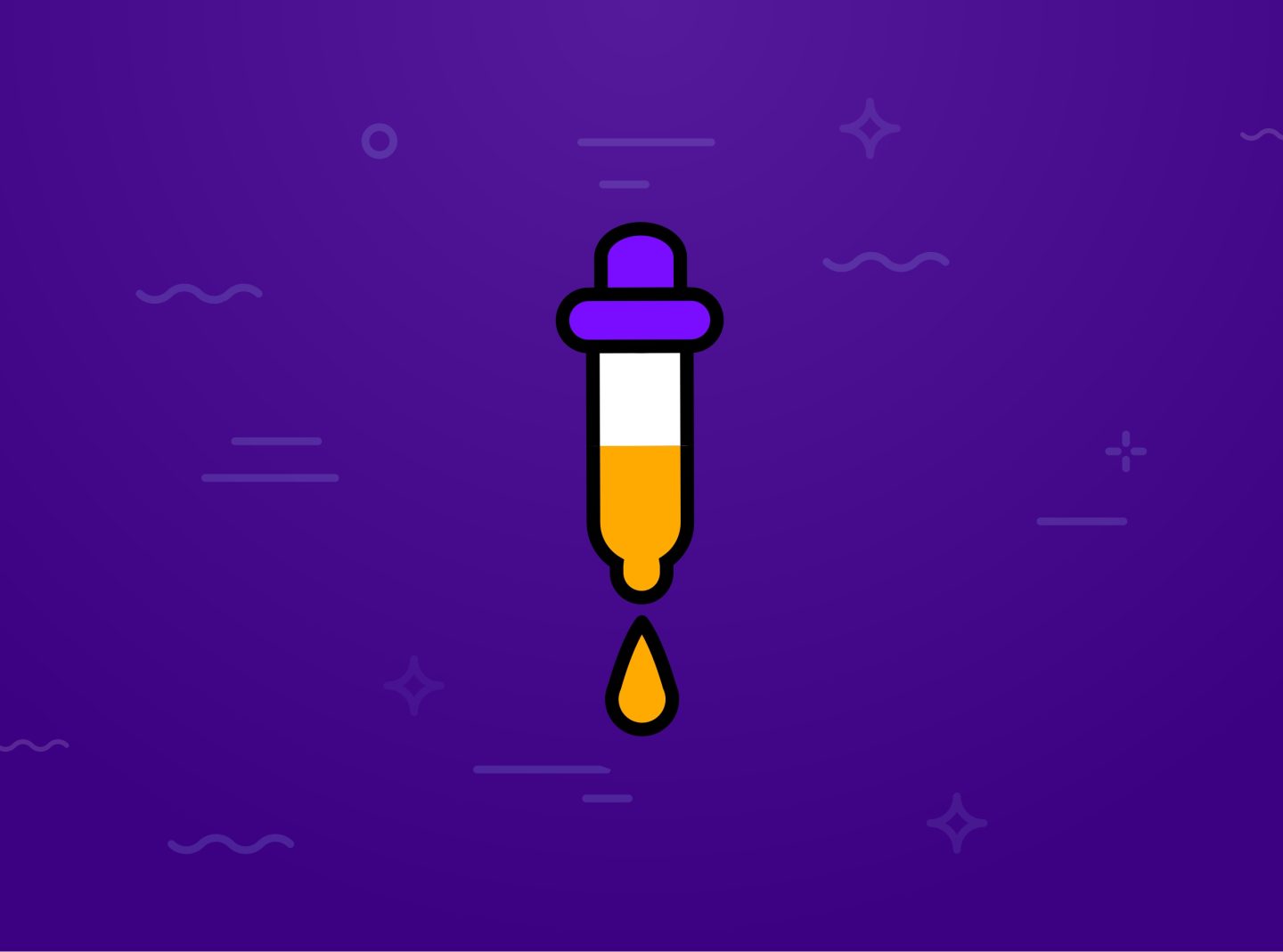User Experience (UX) design is one of the most important aspects of web design. It involves designing the user and end-product interaction to ensure a seamless and enjoyable experience. Even if you are a web design agency or a freelancer, you must clearly understand the client’s requirements. This way, you will create a design that meets your business goals and the current design standards and trends. UX involves considering the client’s requirements while drawing on one’s expertise and professional background to determine the optimal design for the website. Our agency provides top-notch web design services with UX design principles in mind.
What is UX design on the web?
UX design is designing web products that are intuitive, efficient, and pleasant for users to interact with. It involves understanding the needs, behaviours, and goals of users. Then, use that understanding to create designs that meet those needs and provide a positive experience to the user.
UX and UI (user interface) design are two interrelated disciplines to create a high-quality digital product. The first focuses on the overall experience of the user while interacting with the webpage, while UI design encompasses the visual and interactive aspects of it.
UX designers use various techniques and tools to achieve this, including user research, personas, user testing, wireframes, prototypes, and visual design. The goal is to create a user interface that is not only functional and aesthetically pleasing. The interface also should be easy to use and understand, allowing users to achieve their goals with minimal frustration or confusion.
What are the design principles of a UX designer?
There are several fundamental principles of UX design:
- User-centred design: The user’s needs, goals, and behaviours should be the primary focus of the design process.
- Clear and concise communication: Information should be communicated clearly and concisely, using language and visual cues that are easy to understand.
- Consistency: The design should be consistent across all aspects, including layout, navigation, and branding.
- Simplicity: The design should be simple, with minimal clutter and complexity.
- Usability: The website should be easy to use and navigate, with clear calls to action and intuitive interfaces.
- Accessibility: Web pages must be accessible to all users, regardless of their abilities, with features like screen readers, closed captioning, and adjustable font sizes.
- Aesthetics: The design should be aesthetically pleasing and visually appealing, with a consistent and cohesive look and feel.
Why is UX design important?
UX design is important for several reasons:
- Improved user satisfaction: Good UX design creates easy and delightful products, resulting in higher user satisfaction and engagement.
- Increased usability: A well-designed website is easy to navigate and understand, making it more usable and accessible to a wider range of users.
- Reduced development costs: By identifying and addressing usability issues early in the design process, UX design can help reduce development costs associated with fixing problems after the product has been released.
- Competitive advantage: Developments with a good design can provide a competitive advantage, as users are likelier to choose and recommend a web product that provides a pleasing overall experience.
- Improved business outcomes: UX design can lead to improved business outcomes, such as increased customer retention, higher conversion rates, and increased revenue.
- Increased user engagement: Creations designed with UX in mind can increase user engagement and adoption, resulting in a more loyal user base and increased usage.
How to achieve user experience design?
Achieving satisfactory UX professional design involves a multi-step process that includes the following:
- User research: UX research is essential to understand the target users’ needs, behaviours, and goals.
- Information architecture: Organizing and structuring the webpage’s content in a way that is easy for users to navigate and find the information they need.
- Wireframing: Creating low-fidelity or digital sketches of the product’s layout and functionality.
- Prototyping and testing: Creating a functional prototype and testing it with users to identify usability issues and areas for improvement.
- Visual design: Creating a visual design consistent with the branding and a visually appealing user interface.
- Development: Building and coding the website to ensure it functions as intended and meets the design specifications.
- User testing: Conduct user testing to identify issues with the final product and make necessary changes.
Throughout this UX design process, designers should prioritize the needs and goals of the user, creating a product that is easy and enjoyable to use, meets their needs, and provides a successful UX. Effective UX design involves continuous iteration and improvement, with feedback from users and data analysis used to inform design decisions and make improvements over time.
To sum up
UX design helps you connect your website and the end user better. The goal is to improve the user journey to your website or graphic design material. An efficient human-computer interaction can make technology more accessible to people with diverse backgrounds and different user needs. UX design aims to create an end-product that is useful and delightful to use, ultimately resulting in satisfied users and increased engagement and adoption of your brand.



